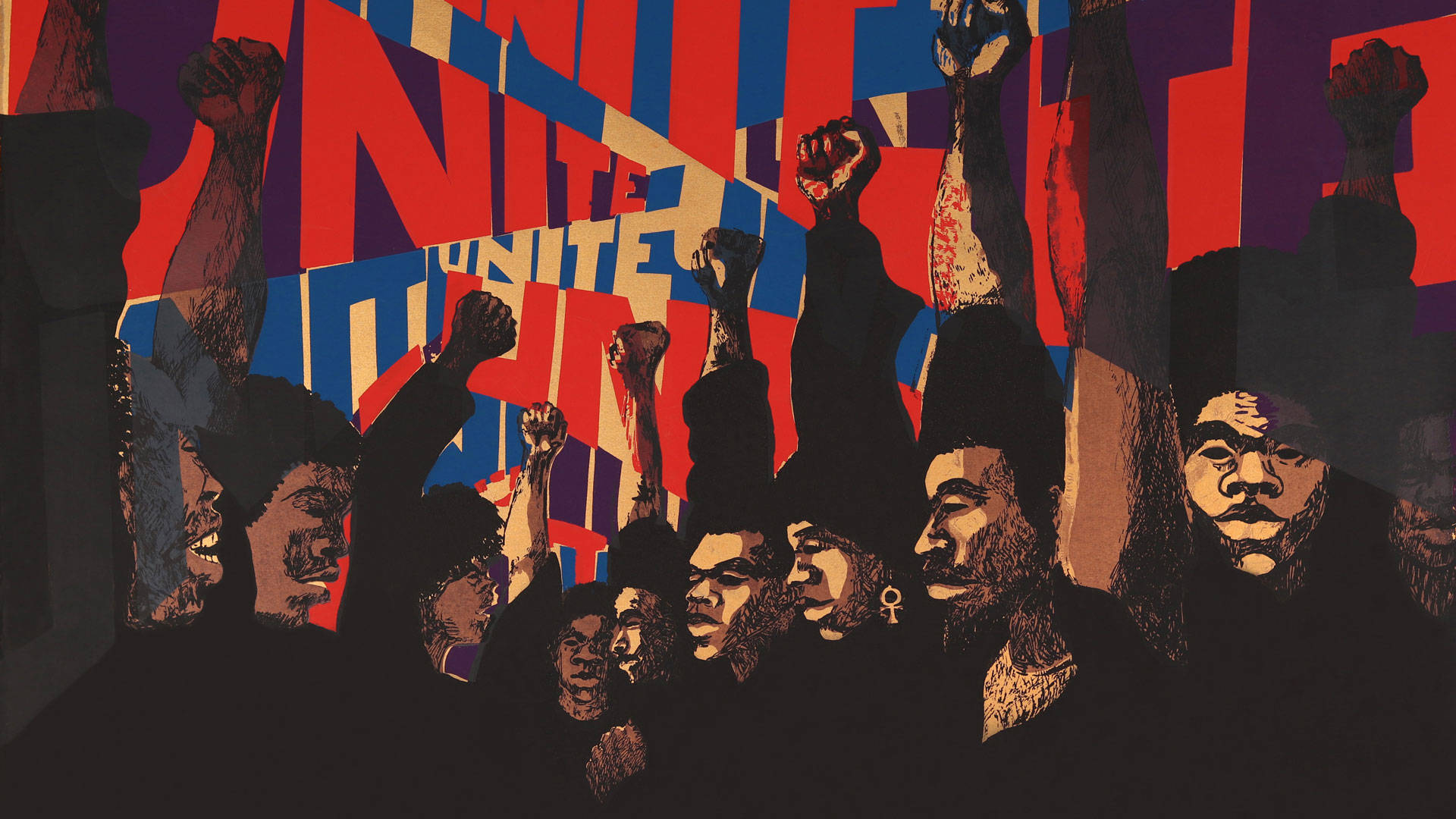Fall always brings a flood of options in the arts, but this year, it’s particularly difficult to create a condensed list of visual art events worthy of your time. There is simply so much happening—major traveling exhibitions making Bay Area stops, local talents getting institutional attention and subversive conceptual art shaking up the status quo.
All of these events are opportunities to gather, to rub elbows with fellow Bay Area art lovers and remind each other that art, culture and face-to-face discourse truly matter—especially in the face of another election cycle.
(As always, check The Do List for weekly recommendations from all of KQED Arts’ discerning experts.)
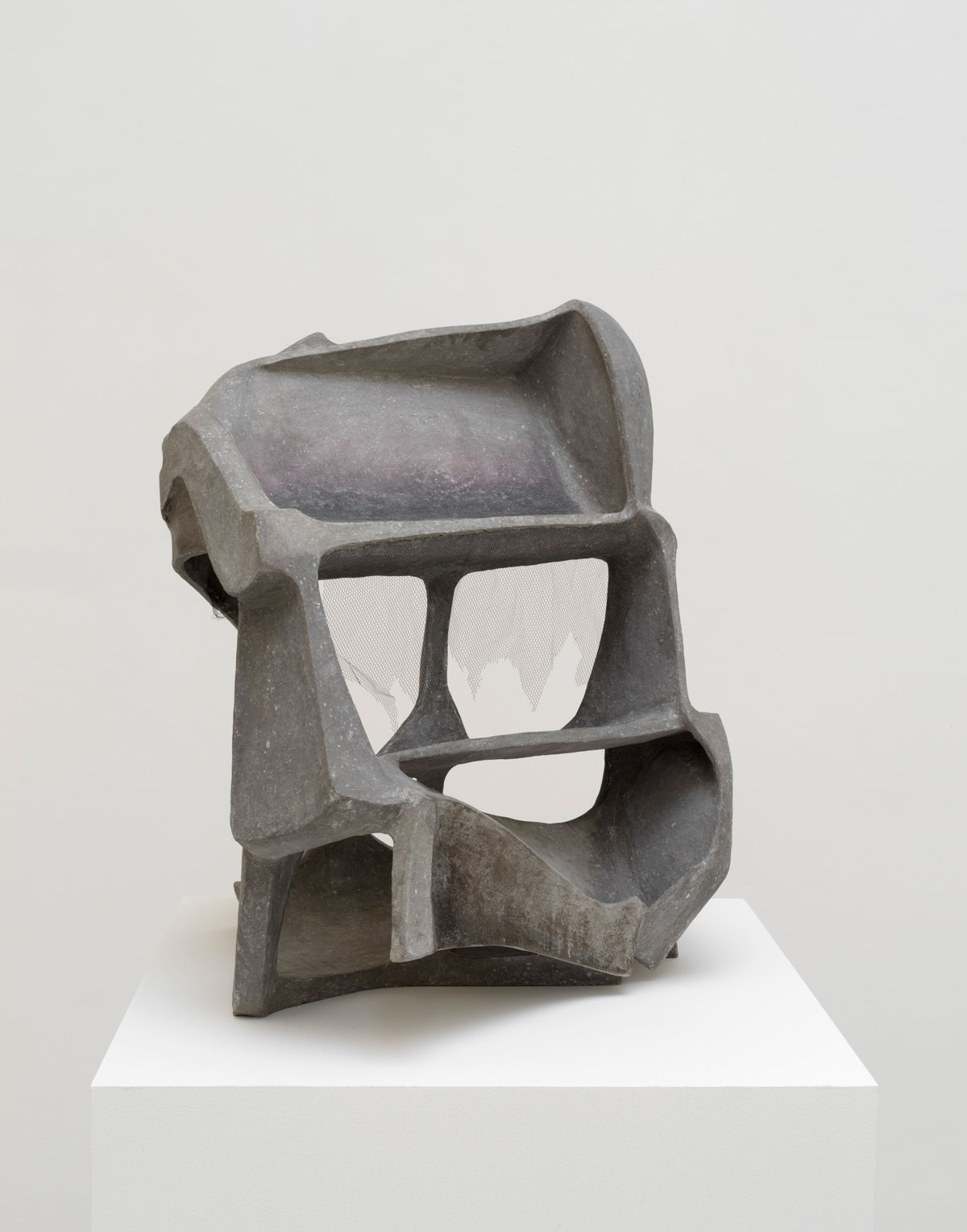
Vincent Fecteau
Wattis Institute for Contemporary Arts, San Francisco
Sep. 5–Nov. 9, 2019
Details here
An untitled show of untitled works by San Francisco artist Vincent Fecteau (his first in the Bay Area in over 15 years) opens the Wattis’ season with a group of new sculptures—multifaceted, difficult-to-describe objects made from carved foam, painted papier-mâché and resin clay. In an accompanying exhibition essay, Wattis director Anthony Huberman locates a perfect analogy for Fecteau’s work: “They look like what a polyrhythmic piece of music might look like, where many rhythms are made to intersect and overlap, even if they’re all happening at the same time, on top of each other.”
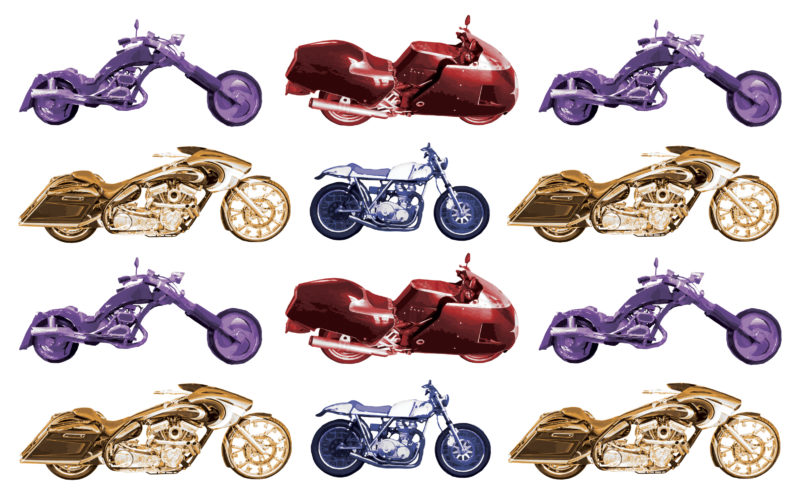
‘Countersteer: Custom Motorcycles as Self-Portraits’
Richmond Art Center, Richmond
Sep. 10–Nov. 22, 2019
Details here
It’s not often that an art exhibition encourages its visitors to bring their motorcycles to an opening, but Countersteer curators Danny Aarons and Phil Linhares are interested in the personal style an individual’s bike can convey—whether customization decisions are made for formal or functional reasons. Twelve custom motorcycles fill the art center’s main gallery, along with paintings, sculptures and a quilt illustrating its maker’s journeys on the open road. In light of Peter Fonda’s recent passing, consider this a timely celebration of the evolution of motorcycle culture.
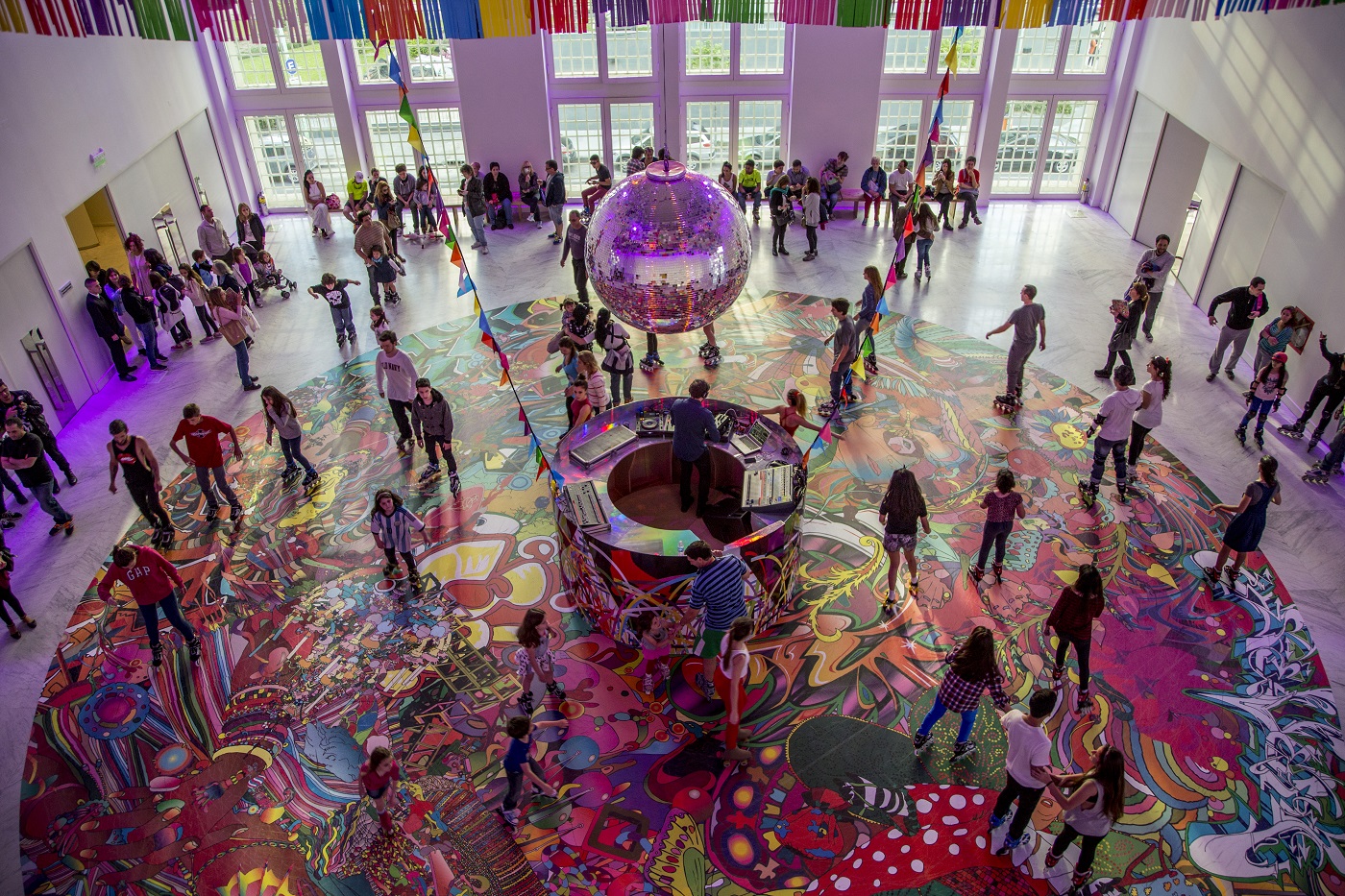
assume vivid astro focus, ‘actions vent ascending frequencies’
Fort Mason Center for Arts & Culture, San Francisco
Sep. 13–Oct. 6, 2019
Details here
Can roller skating bring people together during polarizing times? That’s the hope behind this latest incarnation of a 2004 project by assume vivid astro focus (the alias of New York artist Eli Sudbrack). A psychedelic-tinged outdoor roller-skating rink with a DJ booth at its center turns the Fort Mason parking lot into a platform for both free public skating and programming organized by the Church of 8 Wheels and Bay Area Derby. No quads of your own? The Church provides rentals for just $5.
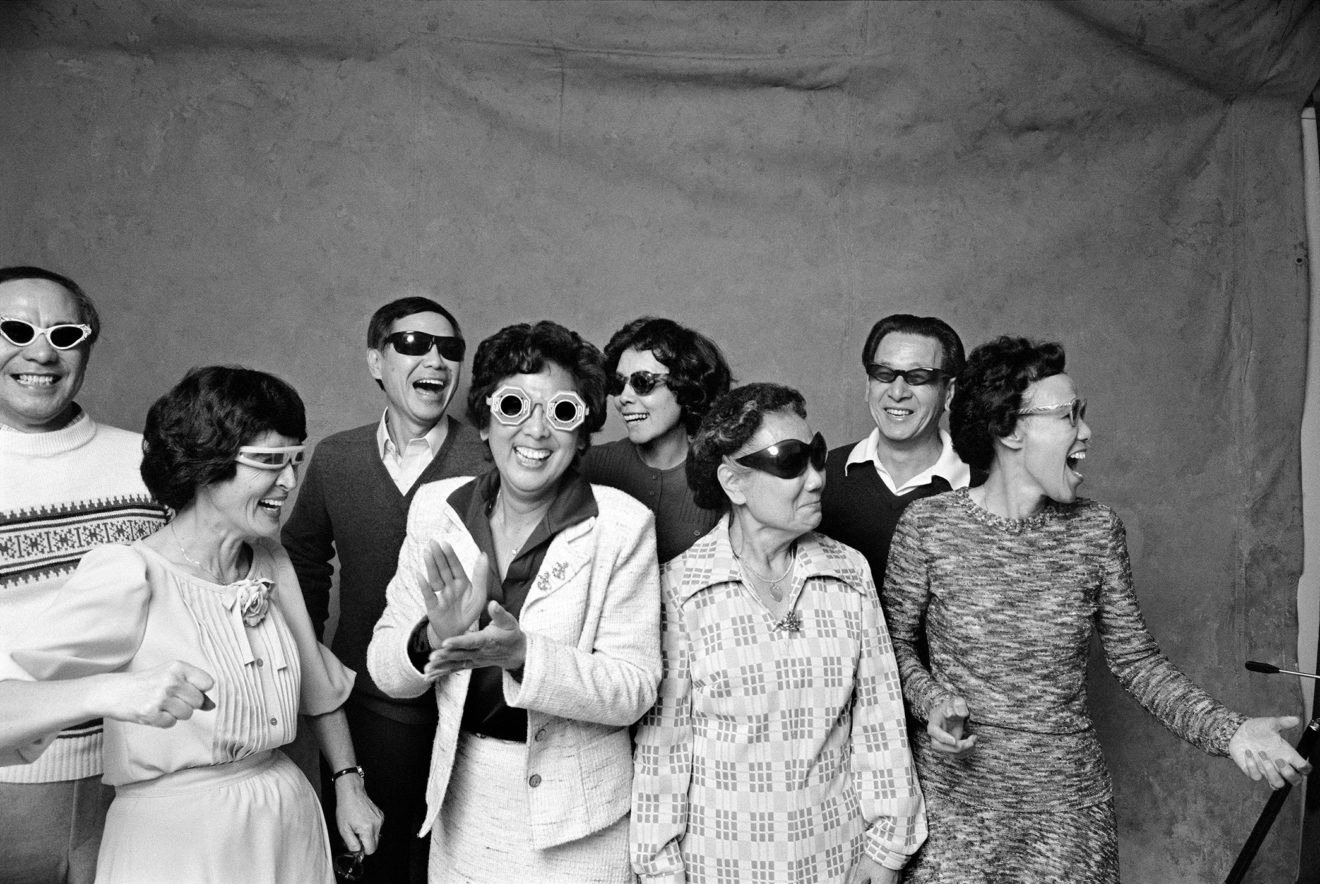
‘Michael Jang’s California’
McEvoy Foundation for the Arts, San Francisco
Sep. 27, 2019–Jan. 18, 2020
Details here
San Francisco photographer Michael Jang might be best known for his series The Jangs, unguarded, often humorous images of the artist’s own extended family in 1970s suburbia. Or maybe it’s for the sweaty shots taken at local punk shows. Or the ones of Hollywood celebrities, snapped under false press credentials at the Beverly Hilton. In his first retrospective, curator Sandra Phillips charts Jang’s career through these equally compelling bodies of work, with vintage and contemporary prints, notebooks and ephemera.
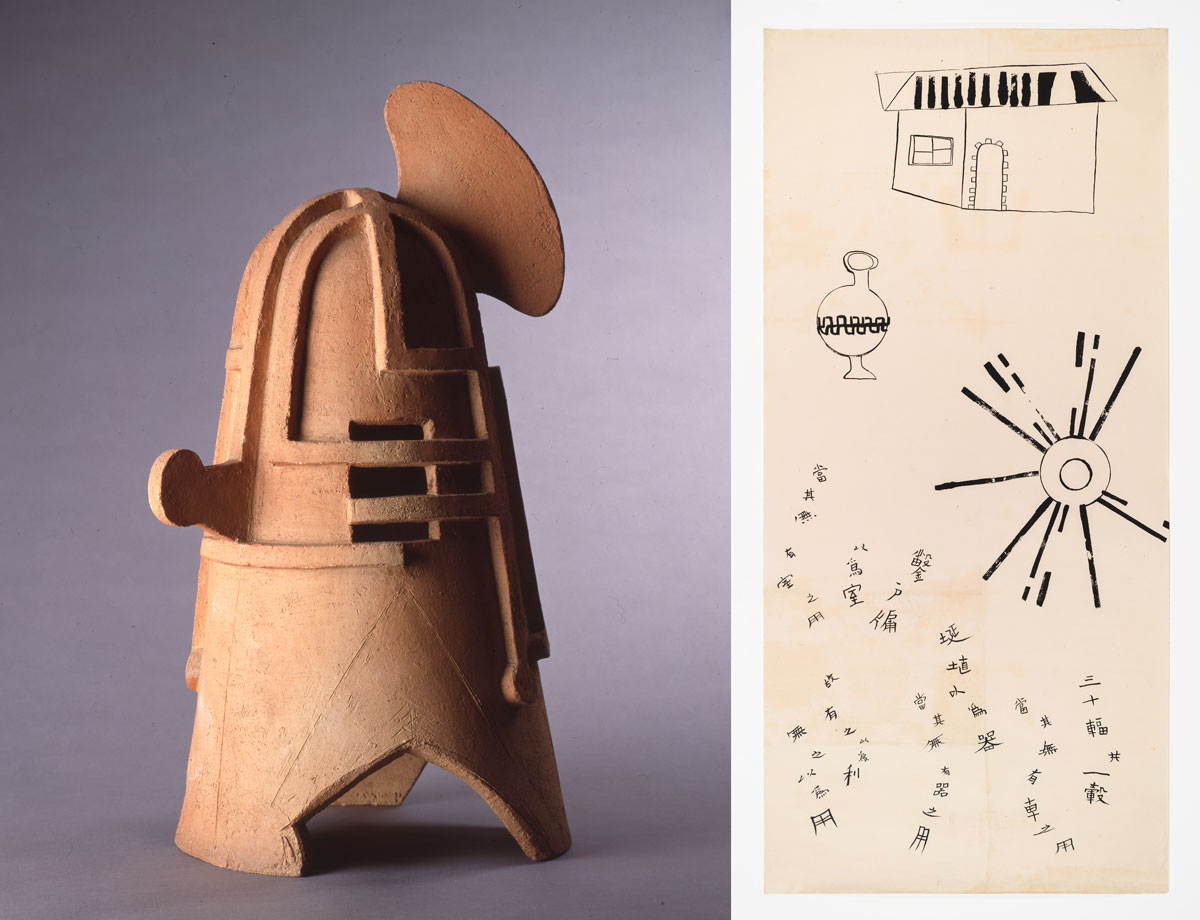
‘Changing and Unchanging Things: Noguchi and Hasegawa in Postwar Japan’
Asian Art Museum, San Francisco
Sep. 27–Dec. 8
Details here
U.S.-born sculptor and designer Isamu Noguchi met Japanese painter, theorist and teacher Saburo Hasegawa in 1950, beginning a short yet fruitful friendship (Hasegawa died in 1957) committed to modernist practices, yet rooted in the traditions of Japan. Changing and Unchanging displays the artists’ work side by side, tracing their influences on one another, and their mutual attempts to push modern art in new directions following the devastation of WWII.
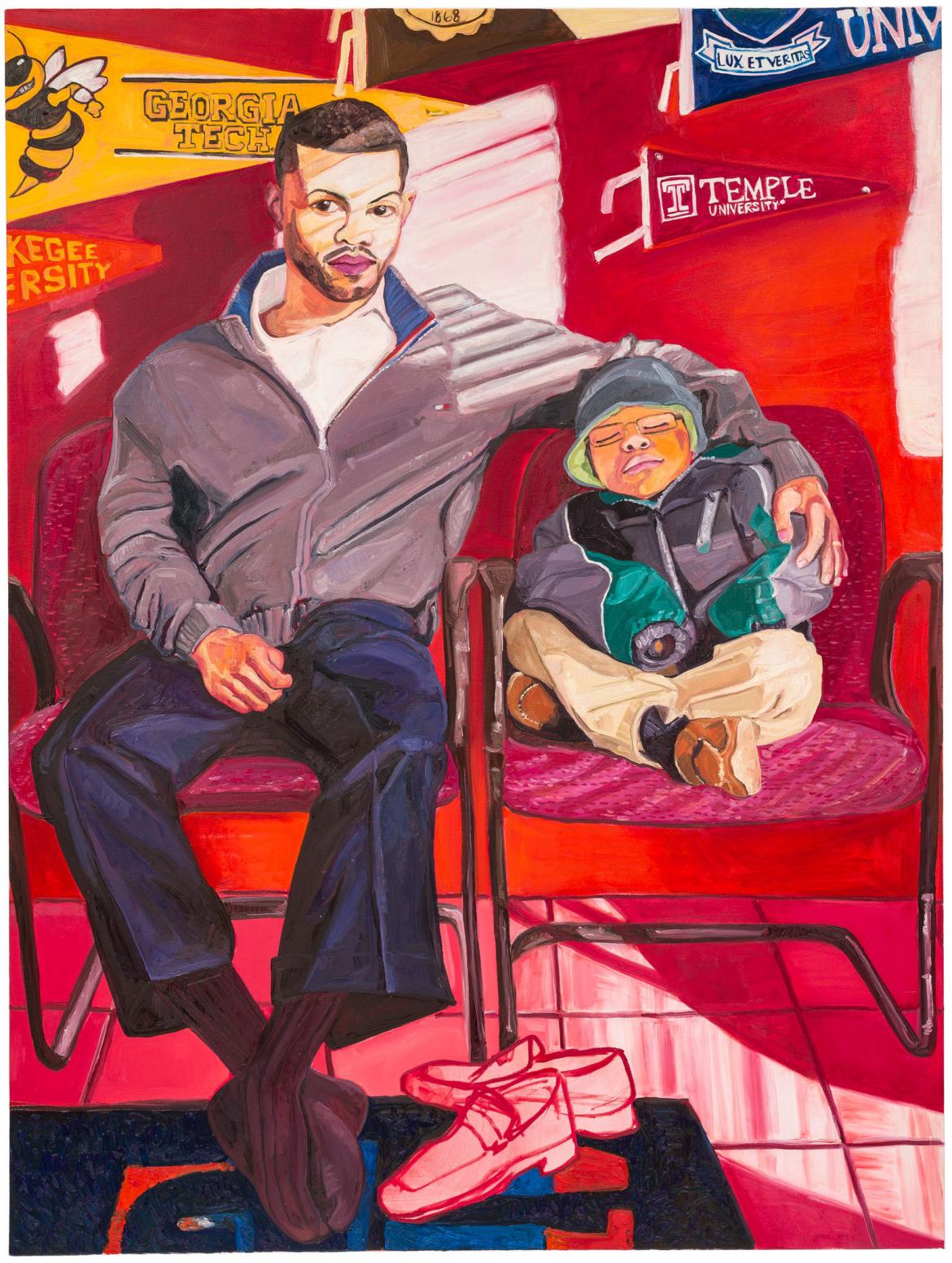
‘Jordan Casteel: Returning the Gaze’
Cantor Arts Center, Stanford
Sep. 29, 2019–Feb. 2, 2020
Details here
Those who saw Casteel’s work in MoAD’s Black Reflections at the start of this year know the Bay Area’s in for a treat. Now, a solo museum show (the young New York artist’s first, traveling from the Denver Art Museum) brings her large-scale portraits of Harlem community members to the Cantor. Casteel transfers her project of sustained looking to the subjects of her paintings—they steadily return the viewer’s gaze through Casteel’s vibrant, thick brushstrokes.
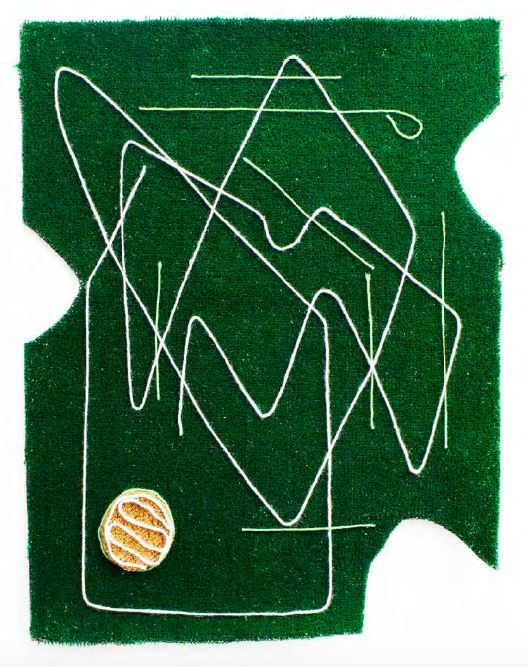
Teresa Baker
Oct. 18–Dec. 1
Interface Gallery, Oakland
Details here
Using nontraditional materials like artificial turf, yarn, felt and mesh, Teresa Baker incorporates small gestures into larger expanses of color and texture. Not quite paintings, drawings or sculptures, the irregular edges of Baker’s AstroTurf surfaces resemble sewing patterns—parts of a larger, possibly three-dimensional whole. Formerly based in the Bay Area, this is a bit of a homecoming for the L.A. artist, who last showed at Interface in 2015.
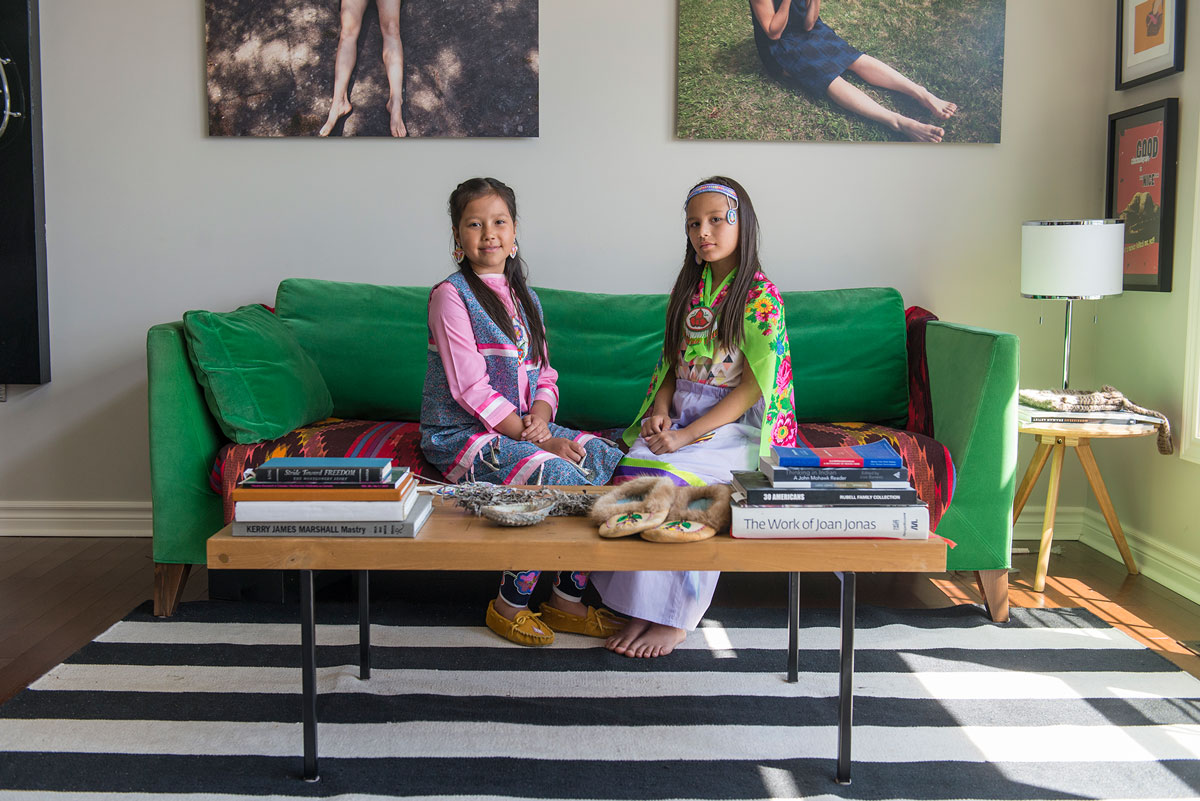
‘SOFT POWER’
Oct. 26, 2019–Feb. 17, 2020
San Francisco Museum of Modern Art, San Francisco
Details here
Museum schedules being what they are (complicated, long-negotiated allocations of institutional space and resources), it takes a minute to assemble large-scale exhibitions that feel truly responsive to contemporary social and political circumstances. (Shout out to the exceptions: SFMOMA’s architecture and design department for their nimble curation of the museum’s third floor vitrine space, and the 2018 multi-department effort Nothing Stable Under Heaven.) Now, Eungie Joo, SFMOMA’s first curator of contemporary art, gets a turn, presenting two floors of new and commissioned work by an exciting list of artists—all examining their roles as citizens and social actors, and possibly encouraging viewers to do the same.
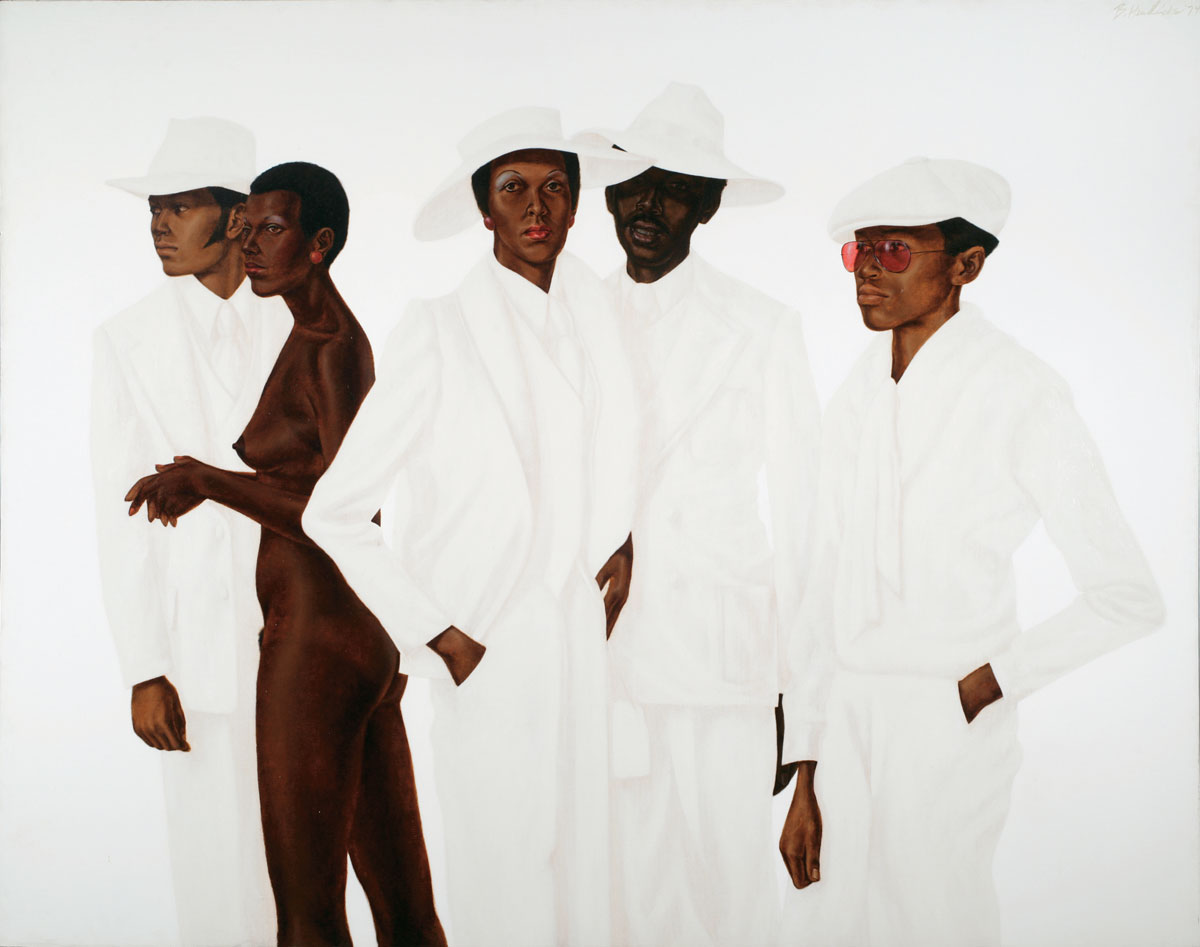
‘Soul of a Nation: Art in the Age of Black Power 1963–1983’
de Young Museum, San Francisco
Nov. 9, 2019–March 8, 2020
Details here
Sometimes you have to travel to see great art, and sometimes it comes to you. Earlier this year, the de Young wrangled an additional stop for the much-acclaimed Soul of a Nation show, organized by London’s Tate Modern and previously shown at the Brooklyn Museum, Arkansas’ Crystal Bridges Museum and at The Broad in Los Angeles. Showing art “forged in a crucible of institutionalized racism and codified prejudice” (not necessarily a historical state, despite the exhibition’s date range), the show includes work by Barkley L. Hendricks, Betye Saar, Romare Bearden and Faith Ringgold, along with an expanded slate of artists with ties to the Bay Area.
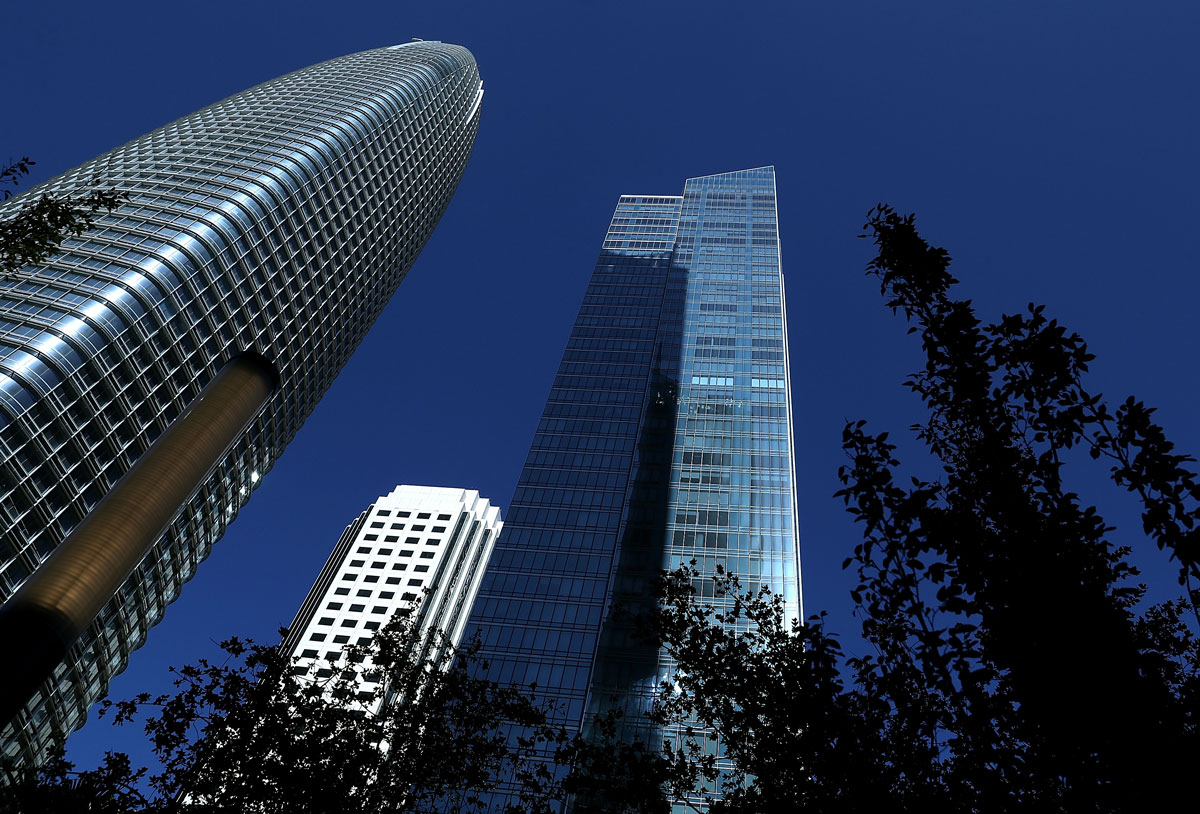
Postcommodity: ‘The Point of Final Collapse’
The Tower, San Francisco Art Institute
Nov. 15 until the Millennium Tower is fixed or torn down
Details here
Indigenous art collective Postcommodity (Cristóbal Martínez and Kade L. Twist) turns its focus to the (sinking) Millennium Tower, creating a sound installation and conceptual artwork aimed at encouraging San Franciscans to relax. The sounds are generated by mapping data about the tower’s movement onto “ASMR audio and soothing binaural beats,” a translation aimed at bridging the gap between the city’s contemporary “technocracy” and its historic and ongoing spiritual quest. Long Range Acoustic Devices broadcast the resulting sound composition to both SFAI’s North Beach campus and downtown San Francisco, turning an engineering disaster into healing sound waves.
